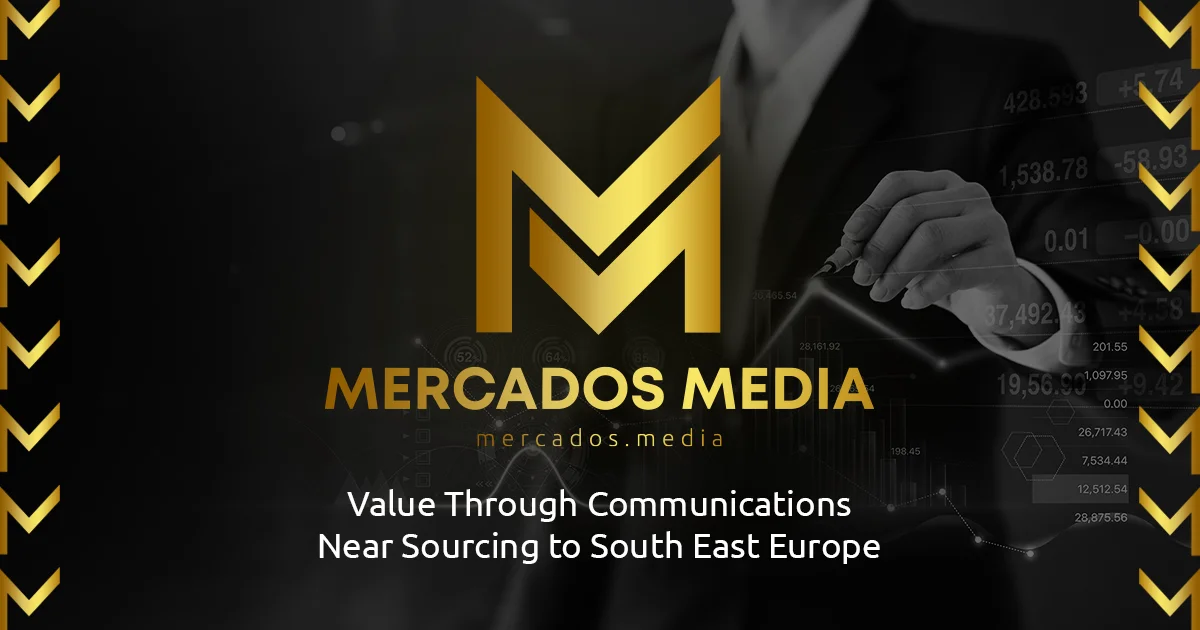The demand for high-tech materials, particularly graphene, is soaring as its potential applications in batteries, quantum computers, medical technology, military, and space technology are under intense exploration. Graphene, being one of the thinnest materials globally, composed of a single layer of carbon atoms, boasts transparency, exceptional conductivity, flexibility, and tear resistance. Researchers anticipate substantial annual growth rates ranging from 20 to 50 percent for the global graphene market. In response, the EU Commission has introduced a strategy to secure an industrial leadership role in advanced materials.
The strategy outlines objectives focused on improving the coordination of research and investment among member states. Accelerating the market entry of innovative materials is a key goal, with artificial intelligence (AI) playing a pivotal role, and plans for specialized workforce training are in place. The EU envisions a new partnership with industry, earmarking investments of 500 million euros from 2025 to 2027, with at least 250 million anticipated from private sources.
Graphene Funding in the EU: A Decade-Long Endeavor
This initiative is not the EU’s maiden attempt to foster the development of modern materials. The Graphene Flagship Initiative, active for over a decade, has brought together 118 academic and industrial partners in various projects.
The Commission emphasizes Europe’s robust position in the development of 2D materials, including graphene, but stresses the need for continuous innovation to maintain technological sovereignty and strategic autonomy. Efforts to reduce dependencies through recycling and reuse are highlighted.
This trend extends to various technologies like permanent magnets, batteries, and fuel cells, where the EU excels in early development stages, such as patents and research. However, challenges persist in later market phases due to a lack of commercialization and financing. Moreover, many essential raw materials and components are heavily reliant on imports.









